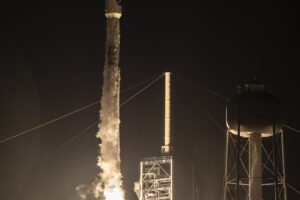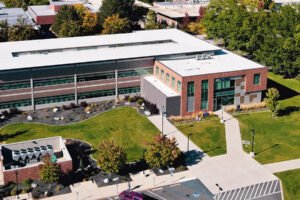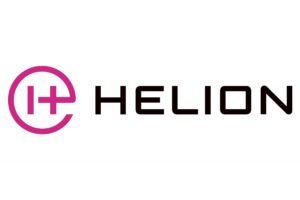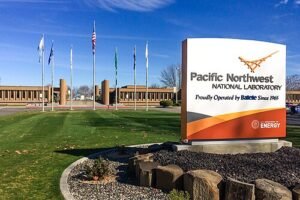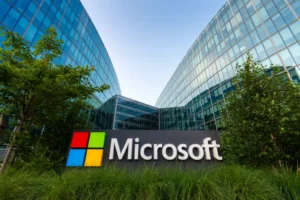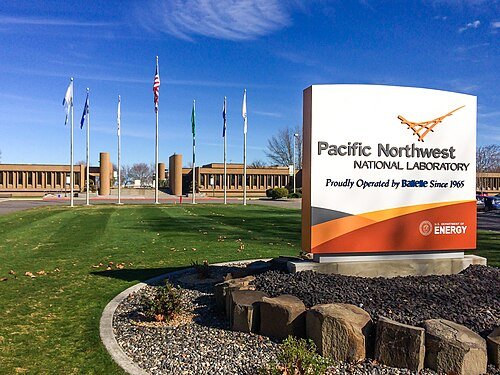OpenAI plans to release its first open-weight language model since 2019. This marks the most important change in the company’s strategy. The new model comes after a five-year gap following GPT-2 and promises advanced reasoning capabilities. These capabilities could surpass DeepSeek’s R1, making it the most capable open reasoning model available. The company secured a massive $40 billion investment, with SoftBank contributing $30 billion. This strategic decision directly responds to Meta’s Llama models’ growing success that reached over 1 billion downloads. Developers will now analyze and fine-tune the model for specific tasks on their own hardware. This represents a clear shift from OpenAI’s traditionally closed AI development approach.
Sam Altman Pivots OpenAI’s Strategy with Open-Weight Model
Sam Altman admitted that OpenAI has been “on the wrong side of history” about open-source AI. His statement marks a big change in the company’s direction after years of keeping their developments private. He made this honest admission during a Reddit “Ask Me Anything” session. DeepSeek, a Chinese AI firm, had just released its open-source R1 model that shook global markets.
Competition seems to have pushed OpenAI’s CEO toward this new direction. “It’s a very good model!” Altman said about DeepSeek’s R1. He added, “We will produce better models, but we will maintain less of a lead than we did in previous years”. His rare admission shows how fast things are changing in the AI world, as other players like Meta’s Llama models gain ground.
OpenAI has thought about releasing an open-weight model for a while now. Altman noted that “now it feels important to do”. The company plans to roll this out carefully through:
- Developer events in San Francisco within weeks
- Additional sessions across Europe
- Further feedback gatherings in Asia-Pacific regions
Developers will test early prototypes at these events before the final release. Their feedback will help make the open-weight language model more useful.
OpenAI remains careful despite this major change. Johannes Heidecke, an OpenAI researcher, stressed that thorough testing would prevent model misuse. He said, “While open models bring unique challenges, we’re guided by our Preparedness Framework and will not release models we believe pose catastrophic risks”.
OpenAI’s new direction comes with other big changes. The company will become a for-profit entity by year’s end to get the full $40 billion funding from SoftBank. Altman explained it simply in another interview: “The simple thing was we just needed vastly more capital than we thought we could attract as a nonprofit”.
DeepSeek and Meta Force OpenAI’s Hand in AI Race
Meta’s Llama family of open-weight models has hit a remarkable milestone of 1 billion downloads. This achievement has altered the AI map and put unprecedented pressure on OpenAI to reconsider its closed-source strategy. Developers now just need transparent, customizable AI that lets them deploy models on their own without permissions or fees.
DeepSeek, a Chinese startup, has become a powerful competitor with its R1 reasoning model. The company released DeepSeek-R1 in January 2025, and it matches OpenAI’s o1 performance on many standards. The model performs better in key areas like MATH-500 and AIME 2024. DeepSeek achieved these results at a much lower cost. They used only 2,000 specialized Nvidia chips and spent about $6 million on computing resources.
The market responded strongly to DeepSeek’s arrival. The Chinese startup’s innovation erased over $1 trillion in market value from major tech companies in one day. Nvidia’s stock fell 17%. These financial shockwaves challenged a basic industry belief that building advanced AI systems required massive compute resources and billions in investment.
Meta and DeepSeek’s approaches solve key problems that OpenAI’s proprietary models don’t deal very well with:
- Data security for sensitive enterprise applications
- Full control over model modification and deployment
- Lower operational costs (DeepSeek-R1’s input costs about $0.14 per million tokens)
- Freedom from third-party cloud services
The difference between “open weights” and truly “open source” remains important. Open-weight models allow downloading and fine-tuning but usually keep training data and methods private. But even this limited openness offers better transparency and customization than closed models.
Altman directly acknowledged DeepSeek’s effect by calling their R1 model “impressive… especially when you have what they’re able to deliver for the price”. Meta keeps expanding its open approach and plans to release more Llama models with “reasoning” capabilities in the coming months.
OpenAI ended up making a strategic shift toward openness. The company now accepts this direction after resisting it for years.
OpenAI Seeks Developer Input Through Global Events
OpenAI has started a global outreach campaign across three continents to bring developers into its open-weight model development process. The company will kick off a series of hands-on events in San Francisco within weeks. These events will then expand to locations in Europe and the Asia-Pacific regions.
These developer sessions show a shift from OpenAI’s usual closed development approach. The company’s main goals are to get direct feedback from developers, test early prototypes, and learn how developers plan to use the model in real-life applications. This new cooperative approach shows unprecedented openness from the organization.
“We’re excited to collaborate with developers, researchers, and the broader community to gather inputs and make this model as useful as possible,” OpenAI stated on its website. Sam Altman’s admission that some decisions need finalization before the model’s release seems to align with this approach.
OpenAI has set up several ways to get feedback. Developers can now fill out a form on the company’s website to join feedback sessions. On top of that, they can apply for early access to test preliminary versions of the upcoming model.
The company built this community-focused strategy on lessons from their first DevDay last year. Developers had two main requests then: better regional access and more chances to learn from peers. These new events specifically address those needs.
OpenAI’s extensive developer outreach program shows how much importance they place on this open-weight model release. The company wants to improve its offering based on real developer needs instead of assumptions through these coordinated global events. This could help address criticism about their previously closed development approach. “We still have some decisions to make,” an OpenAI representative noted, showing how developer input will shape the final product.
Conclusion
OpenAI has made a bold move toward open-weight models that marks a turning point in AI development. The company’s $40 billion backing and extensive developer programs show its steadfast dedication to this new path. This summer release could reshape the scene among major AI players, especially as DeepSeek and Meta keep pushing forward.
Meta’s Llama models have become a soaring win with one billion downloads, which shows how much people just need customizable AI solutions. DeepSeek has matched OpenAI’s performance at a lower cost, proving that groundbreaking ideas can come from unexpected places.
Sam Altman’s timing couldn’t be better in admitting the company’s past strategic mistakes. OpenAI’s global developer events in San Francisco, Europe, and Asia-Pacific regions highlight its commitment to shared development. These changes point to what a world of advanced AI capabilities that are more available, transparent, and adaptable to specific needs might look like.
The AI industry has reached a crucial moment where openness meets innovation. The next chapter of artificial intelligence won’t be written by just one company – it will come from developers’ collective efforts worldwide.

